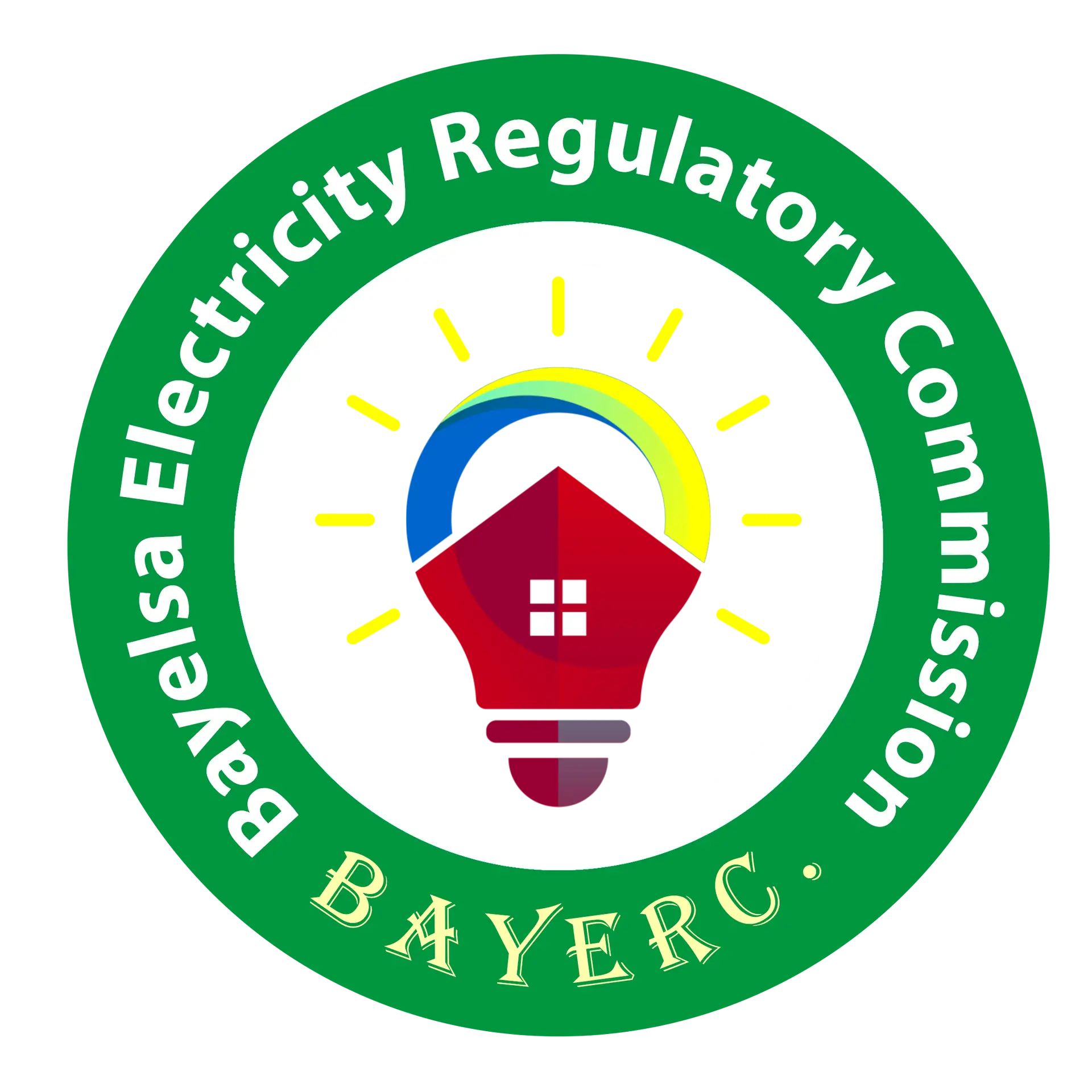Our electricity regulatory commission is undertaking a comprehensive suite of projects designed to revolutionize the energy sector. These initiatives aim to modernize infrastructure, develop robust regulatory frameworks, protect consumer interests, promote sustainability, drive innovation, build capacity, ensure financial stability, and rigorously monitor and evaluate progress. Each project category brings specific benefits to businesses, contributing to a more resilient, efficient, and sustainable energy environment.

WE ARE DEVELOPING A REGULATORY FRAMEWORK!
Policy Formulation and Update involves developing and updating policies to align with technological advancements and sustainability goals. A predictable regulatory environment helps businesses plan and invest with greater confidence. Clear, updated regulations reduce compliance costs and encourage innovation, fostering a dynamic and forward-thinking business climate.
Compliance Monitoring Systems are implemented to ensure accountability. Enhanced compliance monitoring offers businesses a fair competitive landscape, improved reputation through adherence to standards, and reduced risk of regulatory penalties. These systems provide the necessary oversight to maintain high industry standards.
Licensing and Standards Enforcement establish robust mechanisms for issuing licenses and enforcing technical standards. Streamlined licensing processes and higher standards compliance ensure quality and safety in operations, facilitating market access and international competitiveness.
INFRASTRUCTURAL MODERNISATION & EXPANSION
By upgrading the current grid with smart technologies, the commission seeks to enhance reliability, efficiency, and transparency. For businesses, this translates into operational efficiency, reduced energy costs, and increased grid reliability. Real-time access to energy usage data allows businesses to optimize consumption, leading to significant cost savings and improved operational performance.
Renewable Energy Integration focuses on incorporating renewable sources like solar, wind, and hydroelectric power into the existing grid. This integration offers businesses cost savings, enhanced sustainability profiles, and greater energy security. By reducing dependence on volatile fossil fuel markets, businesses can achieve more predictable energy costs and contribute to environmental preservation.
More Projects for our State
Tariff and Pricing Reforms are designed to ensure fair pricing and encourage energy conservation. Fair tariff structures reduce energy costs for businesses, aiding in better cost management. Efficiency incentives embedded in these reforms further lower operational expenses and promote sustainable practices.
Consumer Awareness Campaigns educate consumers about their rights, energy conservation, and the benefits of renewable energy. Informed businesses can make better energy choices, enhancing their brand image and achieving cost savings. These campaigns foster a culture of energy efficiency and sustainability.
Dispute Resolution Mechanisms provide efficient systems for resolving disputes between consumers and energy providers. For businesses, this means faster conflict resolution, reduced legal costs, and enhanced trust in the regulatory system. Transparent processes ensure fair treatment and maintain good stakeholder relations.
Green Energy Incentive Programs create incentives for adopting green energy solutions. Financial incentives, such as grants and tax credits, reduce the cost of green energy adoption for businesses. This not only provides a competitive advantage but also leads to long-term savings and energy independence.
Environmental Impact Assessments ensure that energy projects comply with environmental standards. Regular assessments help businesses achieve sustainability goals, manage risks, and maintain compliance with regulations. This proactive approach minimizes environmental impact and fosters responsible business practices.
Energy Efficiency Programs promote reducing energy consumption and wastage. Businesses benefit from lower operational costs, enhanced competitiveness, and leadership in sustainability. These programs drive market transformation towards energy-efficient products and services.
Innovation Hubs establish centers for research and development focused on advancing energy technologies. Businesses gain access to cutting-edge research, collaboration opportunities, and commercialization prospects. This accelerates technological advancements and positions businesses as industry leaders.
Collaborative Research Projects involve partnering with universities and research institutions. Resource sharing and joint research projects lead to innovation acceleration and practical solutions to energy challenges. Early involvement in pioneering projects enhances market leadership and business growth.
Technology Transfer Initiatives facilitate the adoption of advanced technologies from global leaders to local entities. Businesses benefit from access to cutting-edge technologies, cost-effective solutions, and a competitive edge in the market. This fosters an environment of continuous improvement and innovation.
Professional Training Programs offer training and certification for energy sector professionals. A skilled workforce leads to higher productivity, industry-recognized certifications, and improved employee retention. These programs support business growth and modernization efforts.
Community Training Initiatives educate local communities on sustainable energy practices. Businesses benefit from strengthened community relations, local participation in energy initiatives, and enhanced corporate responsibility. These initiatives build a foundation for sustainable development at the community level.
Workforce Development focuses on developing a skilled workforce to meet the evolving needs of the energy sector. Addressing skill gaps, promoting economic growth, and creating jobs contribute to a robust and dynamic business environment.
Funding Mechanism Development creates diverse funding mechanisms to support large-scale energy projects. Businesses gain access to secured funding, public-private partnerships, and financial stability. This ensures the successful execution of ambitious projects and sustained sector growth.
Risk Management Strategies implement measures to mitigate financial, operational, and environmental risks. Effective risk management protects businesses, lowers insurance costs, and enhances investor confidence. This proactive approach ensures project viability and long-term success.
Investment Attraction campaigns attract domestic and international investments. Increased funding and market opportunities support business expansion and innovation. A favourable regulatory environment enhances investor confidence, driving sector growth and development.
Performance Metrics establish clear indicators to evaluate project success. Businesses benefit from operational improvement, data-driven decision-making, and increased transparency. Clear metrics ensure accountability and continuous enhancement of business operations.
Regular Audits ensure transparency and accountability in regulatory activities. Compliance assurance, operational excellence, and risk mitigation are key benefits for businesses. Regular audits help identify and address issues promptly, fostering a culture of continuous improvement.
Feedback Mechanisms create systems for gathering stakeholder feedback. Improved stakeholder engagement, responsive regulation, and continuous improvement are achieved through effective feedback channels. Businesses can quickly adapt to market needs and enhance their operations based on stakeholder input.
